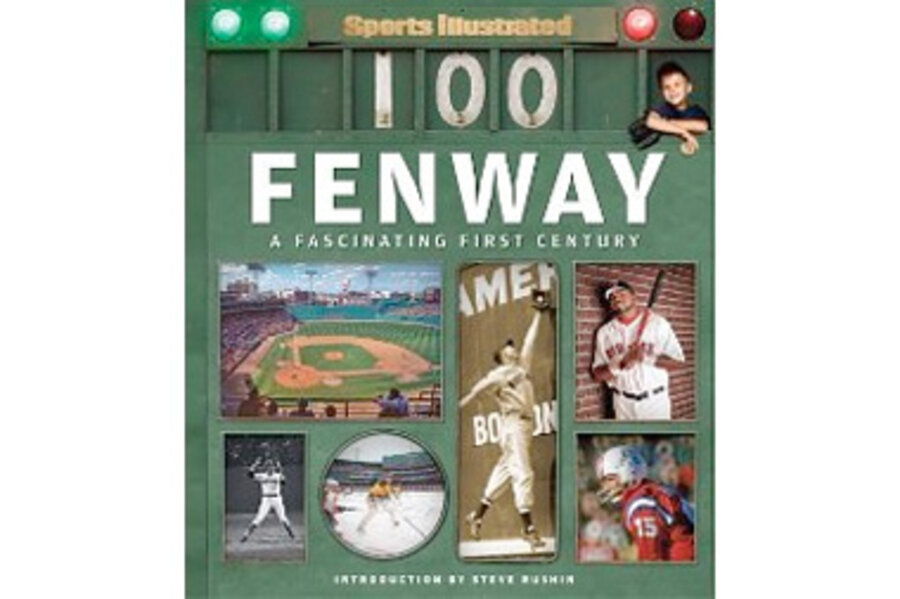When you can throw the resources of the world’s premier sports magazine into a book project, there’s bound to be a lot to recommend it. That’s the case here, as SI plays to its strengths – great photographs and compelling writing. While it provides the requisite historical markers in succinct, timeline fashion, pictures are the star of this book, including one of pitcher Jim Lonborg, his jersey half ripped from his body, determinedly making his way through a sea of fans with Boston cops at his side, after his 1967 pennant-winning performance. The most sensational image of all, however, is a panoramic, four-page foldout of a packed Fenway Park taken during the 1914 World Series, when the National League's Boston Braves were allowed to use the stadium. It's a picture that one can sit and study for a long time and discover a multitude of fascinating details.
Stories by staff writers are selected to accompany the pictures from each of Fenway’s decades. In the 1930s section, there’s a piece about outfielder Earl Webb, who is little remembered today but set a major-league record for the most doubles in a season (67) that still stands. A focus of the 1970s isn’t on Carlton Fisk’s iconic World Series home run, as one might expect, but on Carl Yastrzemski’s 3,000th career hit in 1979. Yaz called it the hardest to achieve of his 23-year career.
In a fan-appealing feature at the back of the book, 100 fun facts about Fenway’s history are listed. These include the fact that Mickey Mantle struck out more often at Fenway than did any other opposing player and that in 1950 golf balls distributed to fans on “Caddy Day” rained down from angry fans after a Red Sox loss.







